You can check out another work I released today if you're interested.Leopard 1 3.0
Historical Background of Gepard Anti-Aircraft Vehicle
Development Origins
The Gepard (Flakpanzer Gepard) emerged during the Cold War as a response to the growing threat posed by Soviet low-flying attack aircraft, armed helicopters, and anti-tank missile systems. In the early 1960s, West Germany relied on outdated U.S.-made M42 Duster self-propelled anti-aircraft guns, which struggled to counter modern aerial threats12. To address this vulnerability, the West German government initiated a program in 1963 to develop a new mobile air defense system capable of protecting armored forces on the frontlines.
Design and Collaboration
The project officially launched in 1965, with Krauss-Maffei (designer of the Leopard 1 tank) leading the overall development. The vehicle utilized the Leopard 1 tank chassis for mobility and integrated a newly designed turret housing twin 35mm Oerlikon KDA autocannons. Key collaborators included Rheinmetall (turret and fire control systems) and Contraves (radar technology).
Operational Deployment
After extensive testing, the Gepard entered production in 1973 and was officially deployed by the West German Army in 1976. It became a cornerstone of NATO's mobile air defense, combining high-speed mobility (65 km/h), all-weather radar-guided targeting, and armor protection derived from its tank heritage12. Over 570 units were produced, serving in Germany, the Netherlands, Belgium, and other nations until the early 2000s.
?Gepard Anti-Aircraft Vehicle Performance Data
Basic Specifications
Combat weight: 47.5 metric tons1
Dimensions: 7.68 m (length) × 3.27 m (width) × 3.29 m (height, radar folded)1
Crew: 3 (commander, gunner, driver)3
Engine: MTU MB838 CaM 500 multi-fuel engine (830 horsepower)23
Maximum speed: 65 km/h13
Operational range: 550 km
Armament
Primary weapons: Dual Oerlikon 35 mm KDA autocannons (550 rounds per minute per barrel)23
Ammunition types: 320 rounds of anti-air HE shells + 20 rounds of armor-piercing shells per gun3
Auxiliary weapons: Two quad 76 mm smoke grenade launchers
Fire Control & Sensors
Effective range: 4,000 meters (horizontal), 3,000 meters (vertical)3
Targeting systems: Search radar (rear), tracking radar (front), optical/electro-optical backup
Reaction time: 6–8 seconds
Mobility & Protection
Chassis: Modified Leopard 1 tank hull12
Armor: Homogeneous steel (maximum thickness 50 mm)2
Terrain speed: 40 km/h
Service History
Production period: 1973–19801
Operators: Germany, Netherlands, Belgium, Brazil, Chile, Romania

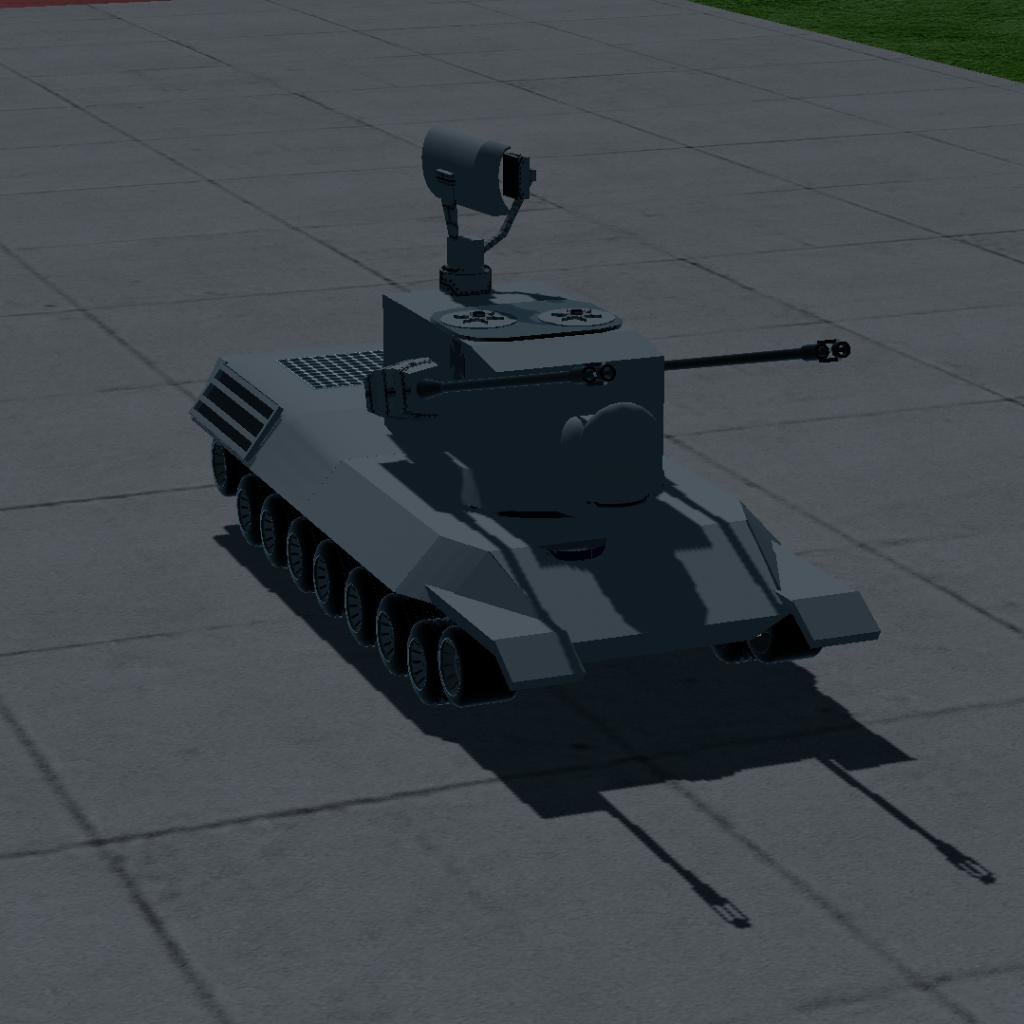
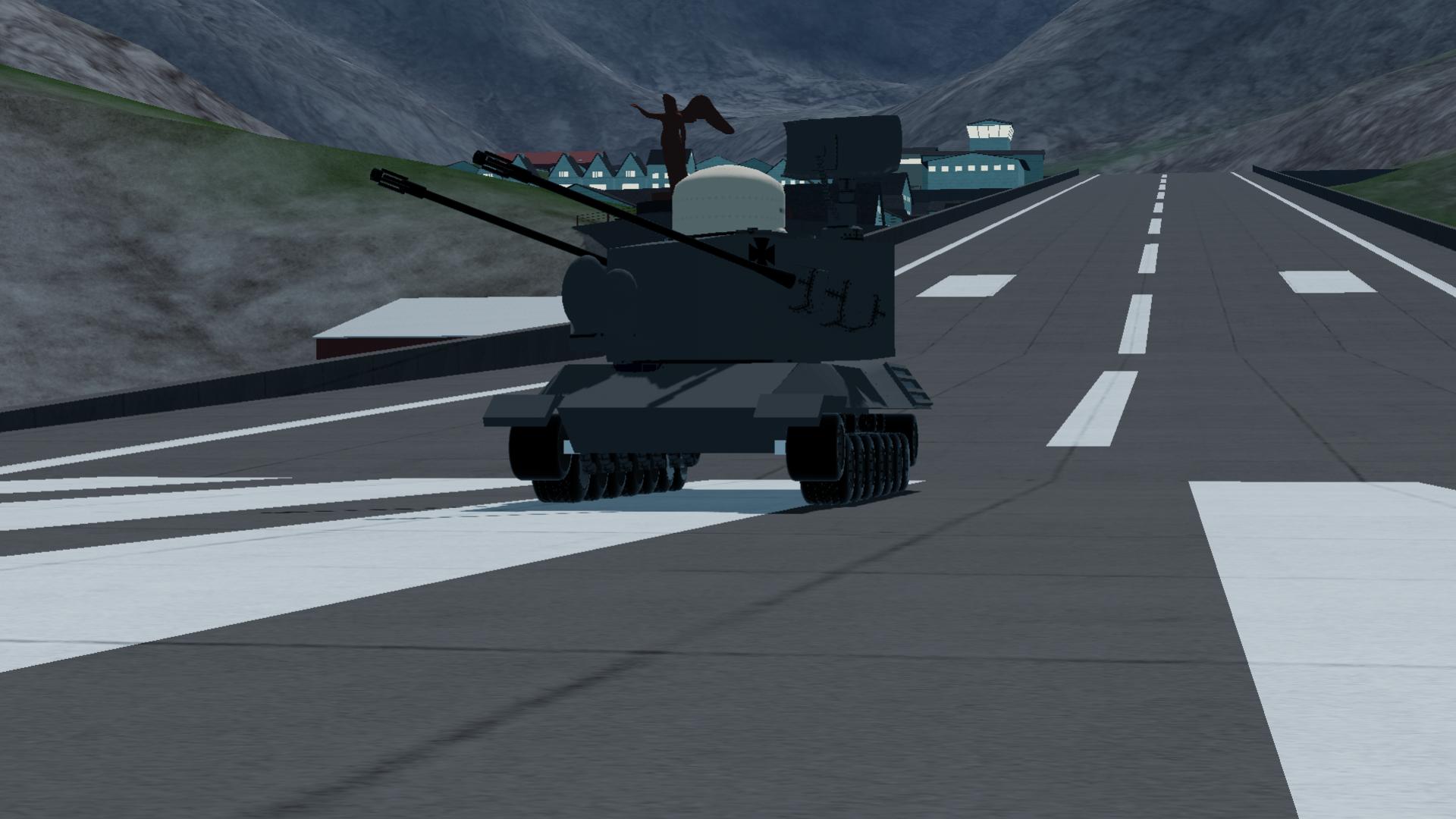
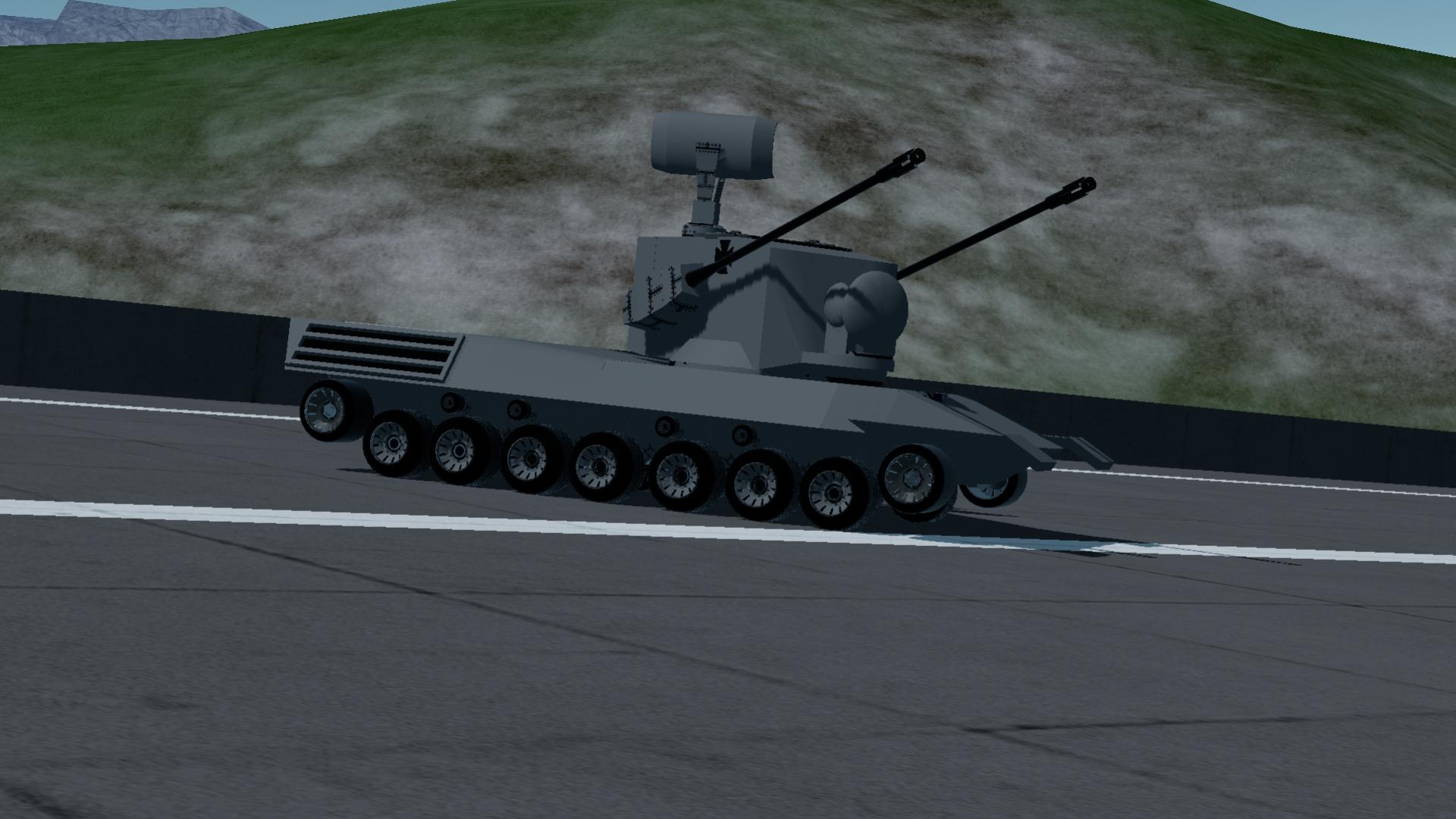

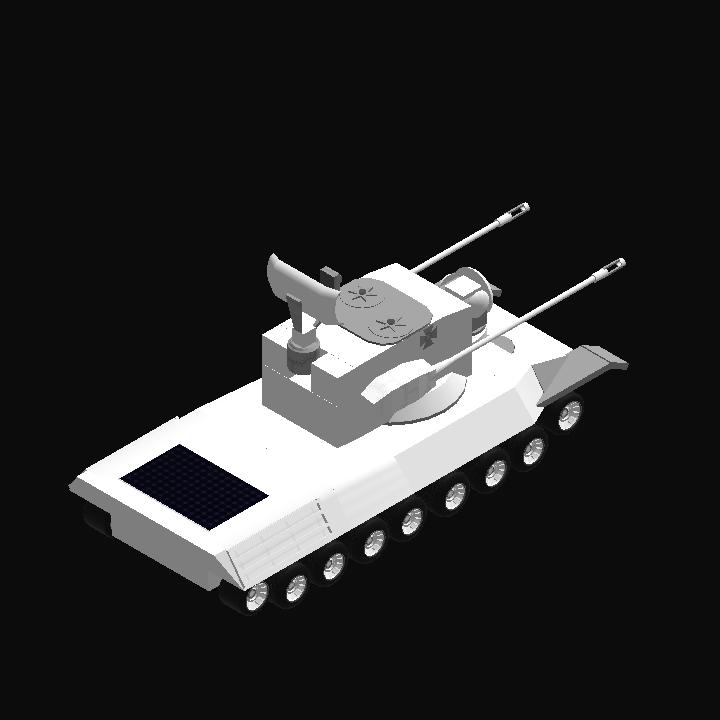
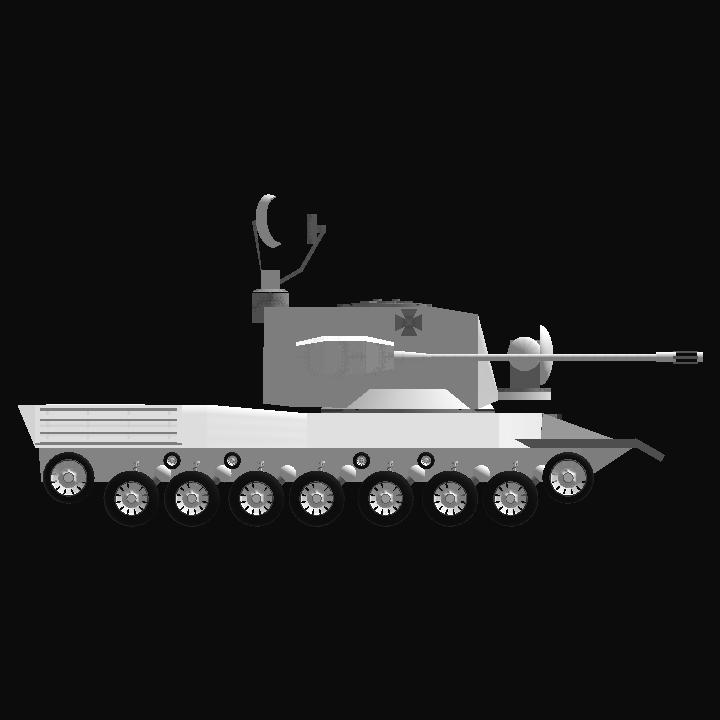

Truly German.
⬛️⬛️⬛️⬛️⬛️⬛️⬛️⬛️⬛️⬛️⬛️⬛️
⬛️⬛️⬛️⬛️⬛️⬛️⬛️⬛️⬛️⬛️⬛️⬛️
🟥🟥🟥🟥🟥🟥🟥🟥🟥🟥🟥🟥
🟥🟥🟥🟥🟥🟥🟥🟥🟥🟥🟥🟥
🟨🟨🟨🟨🟨🟨🟨🟨🟨🟨🟨🟨
🟨🟨🟨🟨🟨🟨🟨🟨🟨🟨🟨🟨